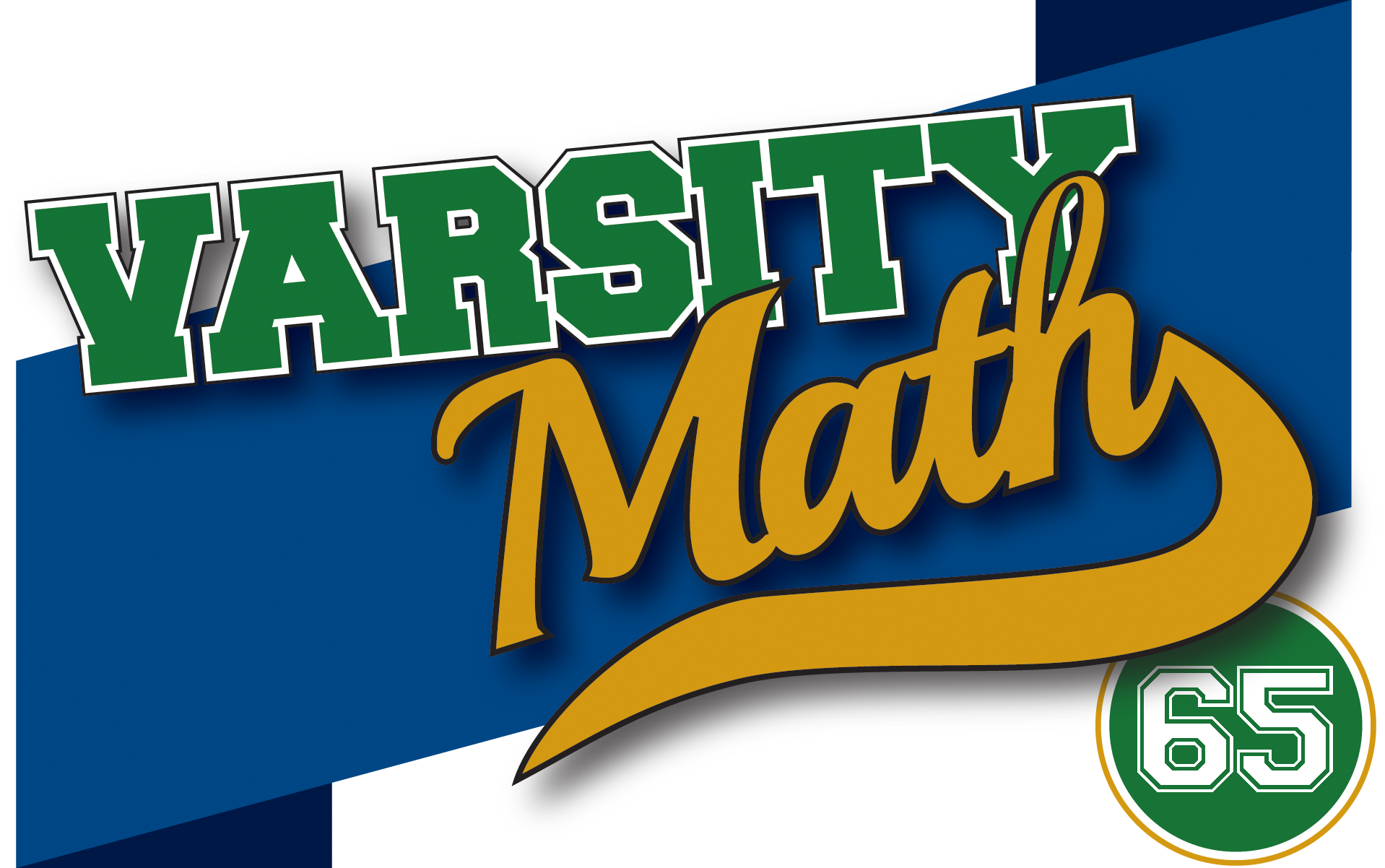
________________
In a desperate bid to clear the fridge of leftovers, Jonah goes up to the attic to find Great Aunt Bea’s turkey casserole recipe. To his surprise, behind it he finds a stack of nearly 100-year-old “Geometry Rapid Drill Cards.” Coach Newton takes a look and says, “Not bad,” and decides to devote a couple of weeks to problems related to them.
________________

Card 129
Lines DE and BC are parallel. Points A, D, B are collinear, and angles ADE and ABC are equal. Points A, E, C are collinear in that order, and segments AE and EC are equal.
What is the area of quadrilateral BCED divided by that of triangle EAD?
Card 94
Right triangle ABC has short leg AC of length 1/2 and hypotenuse BC of length 1. Circle L is tangent to AB at B and crosses BC at D.
What is the measure of the longer arc between B and D on L?
| Spread the word: | Tweet |
Solutions to week 64
Skimpy Schedule. There are three different rooms, so clearly at least three students are needed. Because there are only four time slots and a “no three in a row” rule for competing in events, each student can compete in at most three events out of the twelve, so actually at least four students are needed. However, the rule is more restrictive; because a competitor cannot attend three events in a row, in order to attend three events, s/he must sit out one of the two middle events. Thus if there were only four competitors, they could only cover four out of the the six events in the two middle time slots. Hence, at least five competitors are needed, and it can be done with five, if the students competing in each of the four time slots are arranged as ABC, ABD, CDE, ABC (among many possibilities).
Passing Pennies. In order to achieve the minimum pennies left, we want the game to go on as long as possible with as many odd pennies occurring as possible. Since the game ends when the pennies are evenly distributed among the three players, we should therefore look at the most uneven initial distribution of pennies possible. In other words, what happens when one student starts with all of the pennies? Then the game goes as follows:
26 0 0 -> pass -> 13 13 0 -> give back -> 12 12 0 -> pass -> 6 12 6 -> pass -> 6 9 9 -> give back -> 6 8 8 -> pass -> 7 7 8 -> give back -> 6 6 8 -> pass -> 7 6 7 -> give back -> 6 6 6 (done)
Therefore, each student will end up with at least six pennies.

